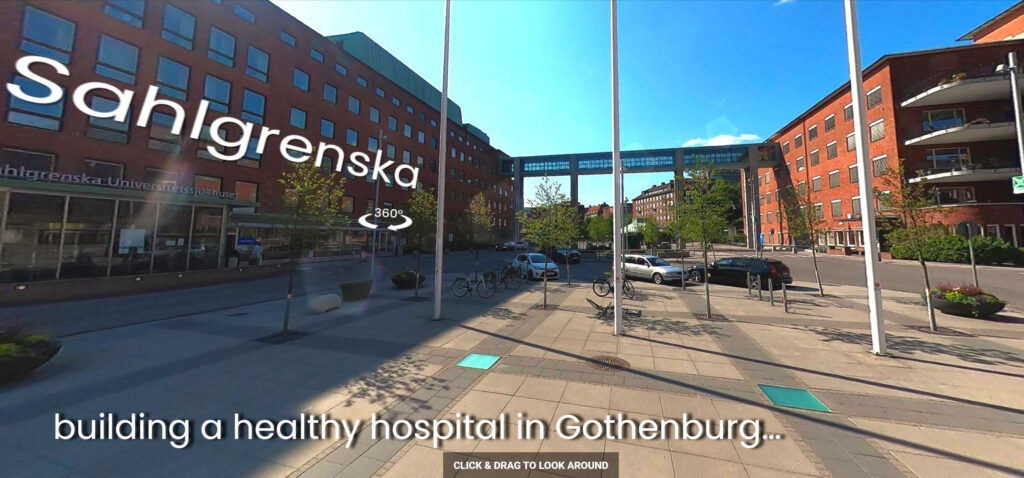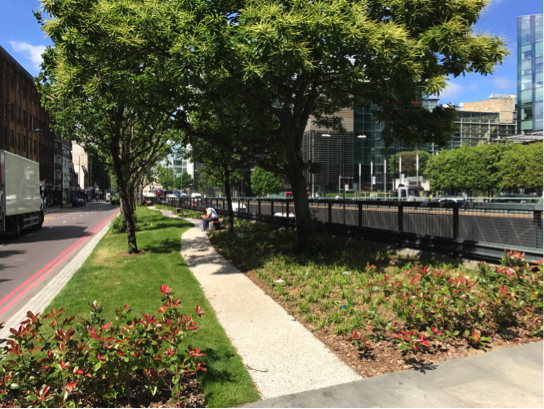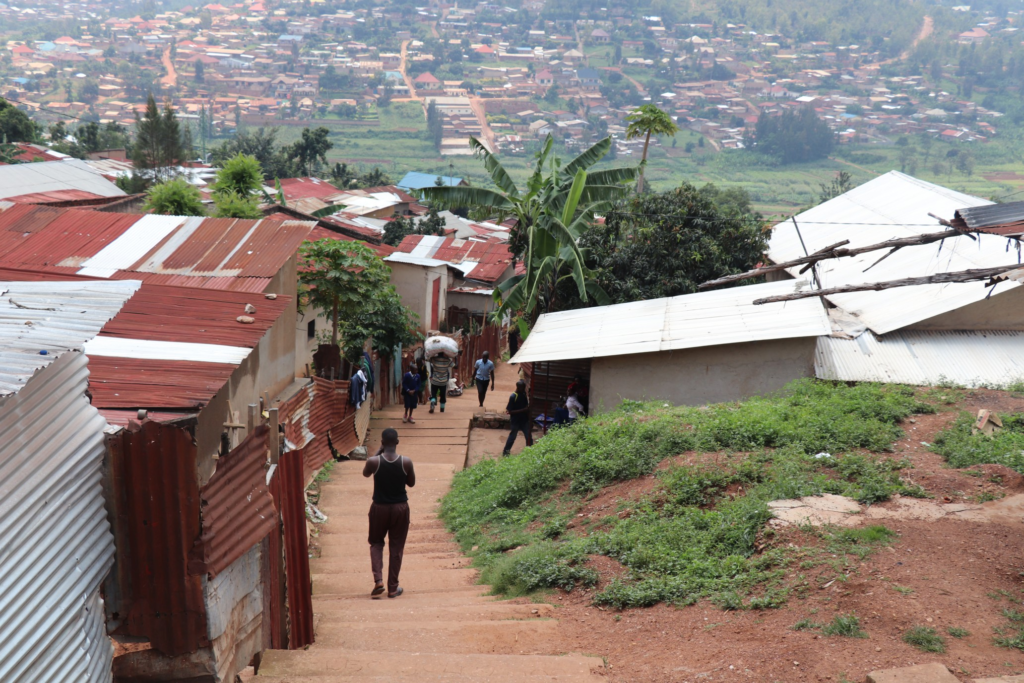Visual Essays
Share
City and Climate Zone
The capital of Germany, Berlin has a Continental Climate with warm summers and cold winters. It combines historic architecture, green spaces, and modern infrastructure, making it a hub for urban innovation.
Thematic Focus
Health and Climate Impacts
Health Impacts
Poor walkability leads to reduced physical activity, increasing risks of obesity, cardiovascular diseases, and diabetes. It also affects mental health by limiting access to outdoor activity and social interactions, contributing to stress and anxiety. Additionally, inadequate pedestrian infrastructure raises the likelihood of traffic accidents and injuries, while reliance on motorized transport exacerbates air pollution, worsening respiratory conditions such as asthma and bronchitis.
Climate Impacts
Low walkability contributes to higher carbon emissions due to increased car dependency, intensifying climate change. Poorly designed urban areas with impermeable surfaces worsen the Urban Heat Island effect, raising local temperatures. The lack of walkable green spaces reduces biodiversity and natural cooling, while impervious surfaces increase stormwater runoff, leading to urban flooding and water contamination.
Reflexive Approach
This short film addressing walkability issues reflects on the relationship between urban design and the pedestrian experience. It combines objective observations with subjective storytelling, highlighting barriers such as inadequate infrastructure, poor connectivity, and safety concerns. Filmmakers critically assess their own biases and engage with diverse stakeholders, including pedestrians and urban planners, to capture inclusive perspectives. The film advocates for practical interventions to enhance walkability, improve accessibility, and promote healthier, more sustainable urban living.
Technical Description
The short film uses a digital camera to capture high-resolution footage of urban pedestrian environments, emphasizing walkability challenges like narrow sidewalks and unsafe crossings. A tripod and stabilizer ensure smooth, stable shots. Editing is done with software like Adobe Premiere Pro or DaVinci Resolve, focusing on transitions, color grading, and audio layering, including interviews or voiceovers. The final video is exported in MP4 format for web-friendly distribution.
Team
Alvaro Valera Sosa, lead researcher
Anna Au, research assistant
Krati Agarwal, research assistant
Silvan Händeler, visual communication
Related posts

On this webpage, follow the Bötzowviertel case, a neighborhood streetscape analysis with pedestrian solutions.

Understanding how urban environments affect health is the first step in making a healthy city.

Our cross-sectional study of 272 neighbourhoods of thirteen cities shows that diverse physical and social attributes of neighbourhoods influence mental well-being of the citizens in the Asia and Africa.